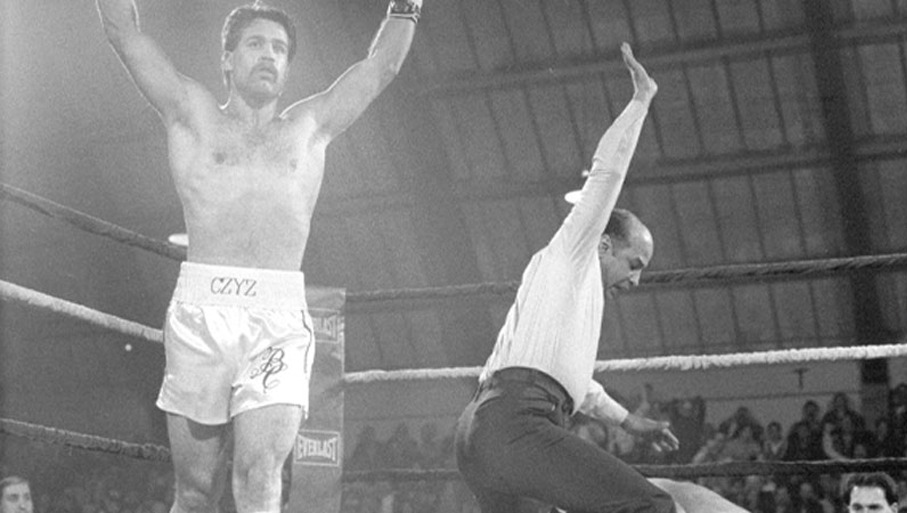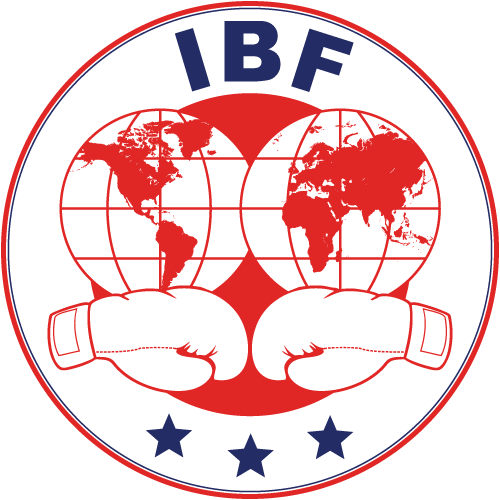About Us
Board of Directors
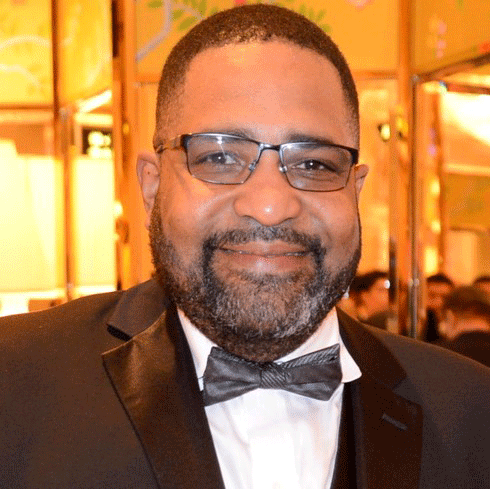
Daryl J. Peoples
President
NJ, USA

George Martinez
Championships Chairman
Canada
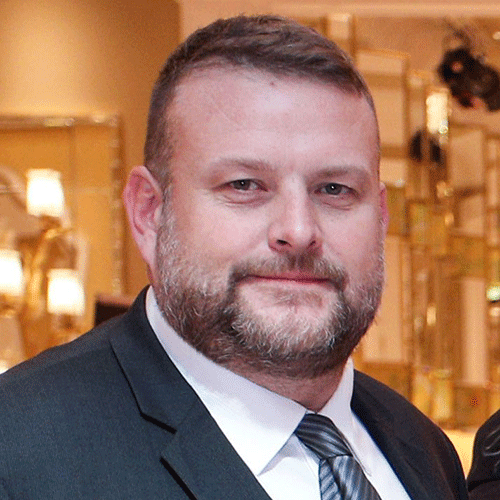
Ben Keilty
Ratings Chairman
Australia
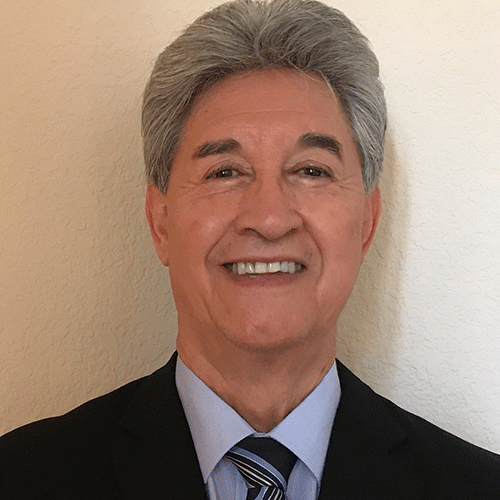
Levi Martínez
Executive Vice President
NM, USA
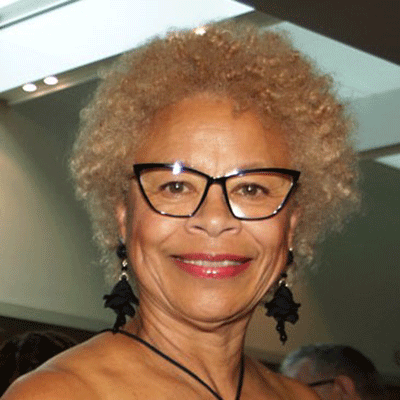
Melvina Lathan
Senior Vice President
NY, USA
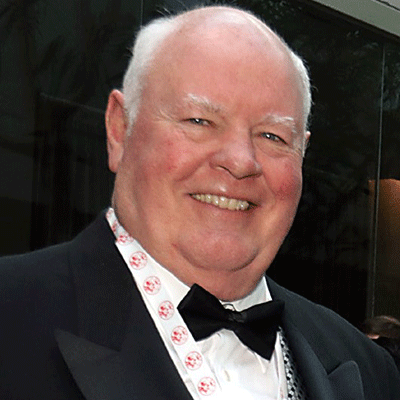
Randy Neumann
Treasurer
NJ, USA

Pete Podgorski
IL, USA
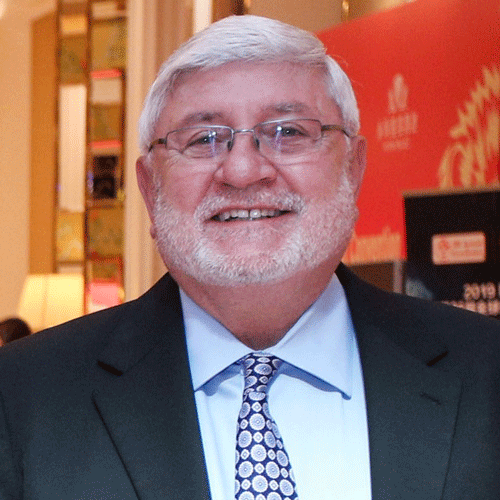
Aaron Kizer
AZ, USA
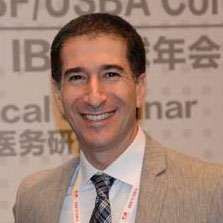
Massimiliano Bianco
Italy
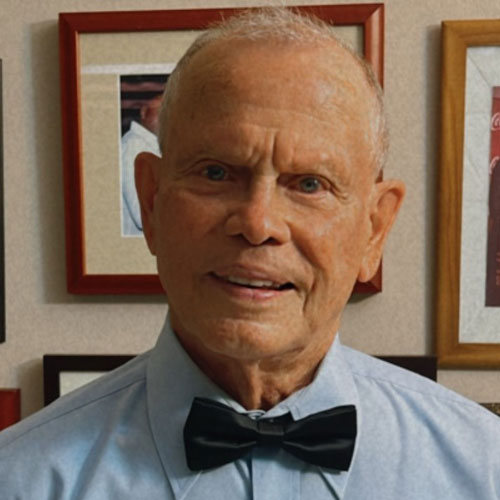
Roberto Ramirez
Puerto Rico
What We Do
The IBF is a voluntary membership non-profit corporation organized under the laws of the State of New Jersey by interested persons to obtain greater efficiency and uniformity in the supervision of professional boxing and to encourage and assist professional boxing. The organization promulgates rules, suggests standards for boxing guidance, sanctions title fights to establish champions, and prepares monthly ratings of the outstanding contenders in 17 weight classes. This information is shared with the press, the public, and all associate members and is posted on this website.
Over the years, the IBF has created different regional titles throughout the United States and worldwide to allow small promoters and young fighters to participate. This has enabled regional and cross-regional competitions and has allowed professional boxers to work their way up through the organization’s ratings and reach the coveted world championship title.
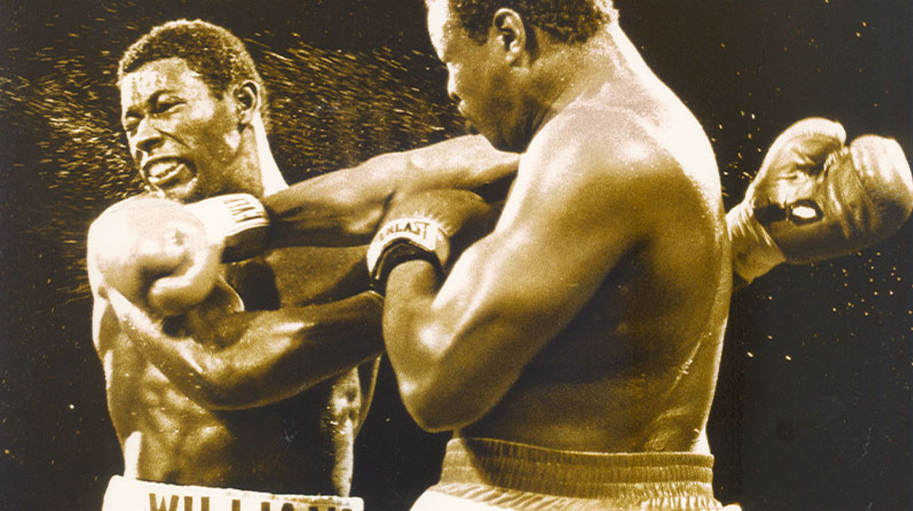
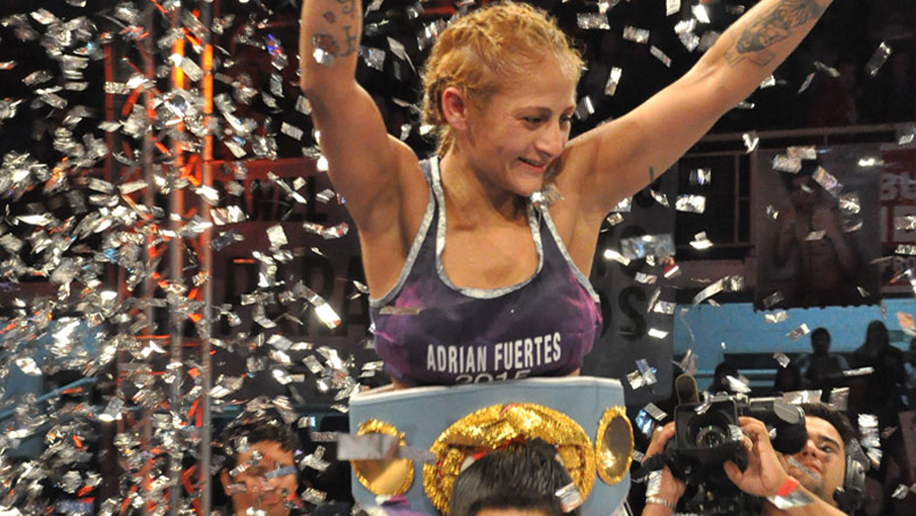
The IBF also focuses on different aspects of boxing to work towards the sport’s betterment. Consistency in the officiating of bouts has been and remains a significant concern for the organization. Each year during the organization’s convention, a full day is dedicated to professional seminars, including a Judge’s seminar and a Referee’s seminar. The main goal of these seminars is to achieve uniformity in judging and refereeing professional boxing matches.
All convention attendees are welcome to attend these seminars, but particularly those who officiate are strongly encouraged to attend for the opportunity to work together and perfect their craft. The IBF/USBA annual conventions have been attended by some of the most notable judges and referees in boxing.
Aside from officiating, the IBF also puts the utmost precedence on the health of boxers. A medical seminar is also held during the annual convention to enlighten those closest to the boxer before, during, and after a fight on the signs and prevention of injury.
The principal goal of the IBF has always been to give talented and aspiring professional boxers in the United States and throughout the world a chance to make a name for themselves by publicly recognizing their talents. The organization’s unbiased ratings system has contributed to the growth, longevity, and continued success of professional boxing worldwide.
